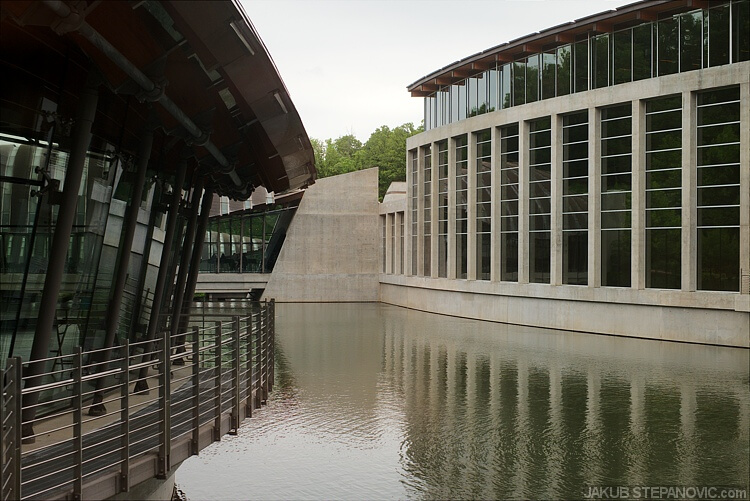
The final part of my recent adventures through northwest Arkansas. In this part, I saw some cool sites, many of which are on the National Register of Historic Places.
After visiting some spectacular scenery in Ozark Mountains (click for Part 1 or Part 2),
I arrived in Eureka Springs.

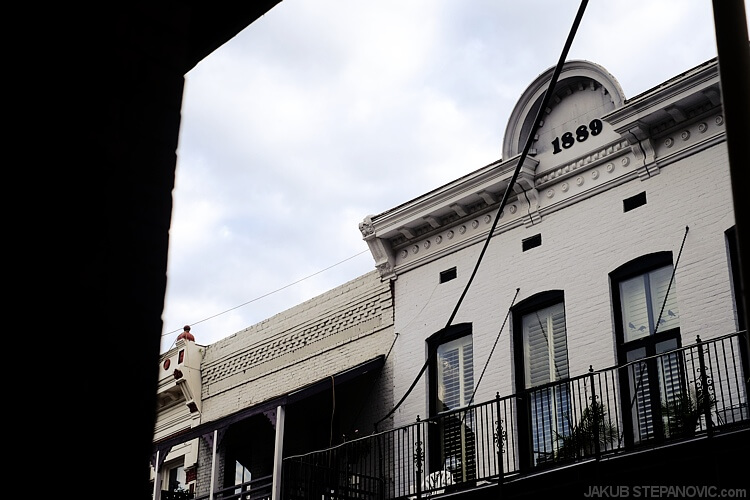
The town began as a spa village in the second half of the 19th century, based on the beliefs of native Indians and first European settlers that water springs in this location have healing powers. With this initiative, the town was established as a vacation resort since its origin, and soon it celebrated a boom. At the beginning of the 20th century, Eureka Springs was one of Arkansas’ biggest cities.
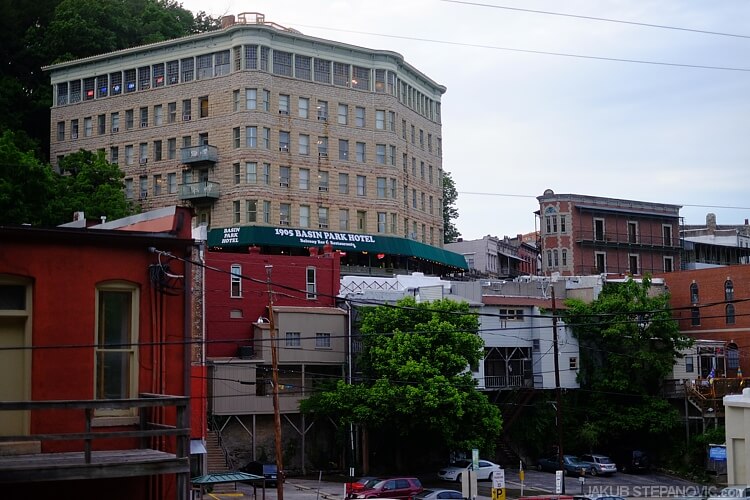
Currently, the whole city is placed on the National Register of Historic Places, and besides being a tourists’ attraction, it is also known as “the place where wealthy people retire.”
It has a sort of similar atmosphere to Santa Fe in New Mexico: Historic downtown with many art places, surrounded by high-dollar vehicles, like jacked-up JKs on 35” wheels.
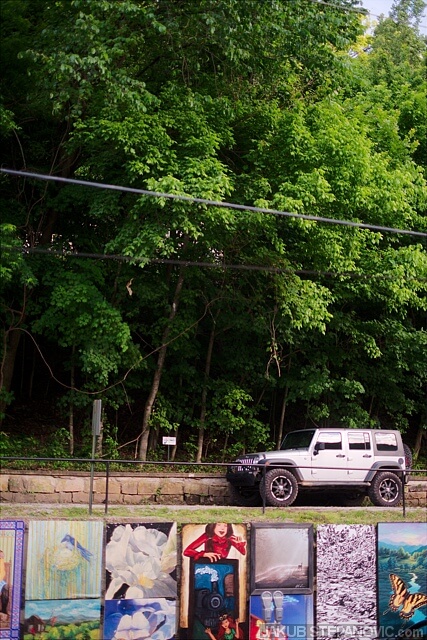
There were so many jeeps that it reminded me of Silverton - a small town in Colorado’s San Juan Mountains (click for a story about that trip) with the biggest concentration of these rigs I’ve ever seen. Speaking of San Juans, there is a town Ouray where they like to call themselves the “Switzerland of America.” It makes kind of sense, as the area is surrounded by steep and beautiful mountains all over. I am bringing this up because Eureka Springs also has a nickname, “The Little Switzerland of America,” but honestly, it didn’t feel anything like that to me. It sits in a landscape that has nothing in common, and it doesn’t offer similar architecture either.
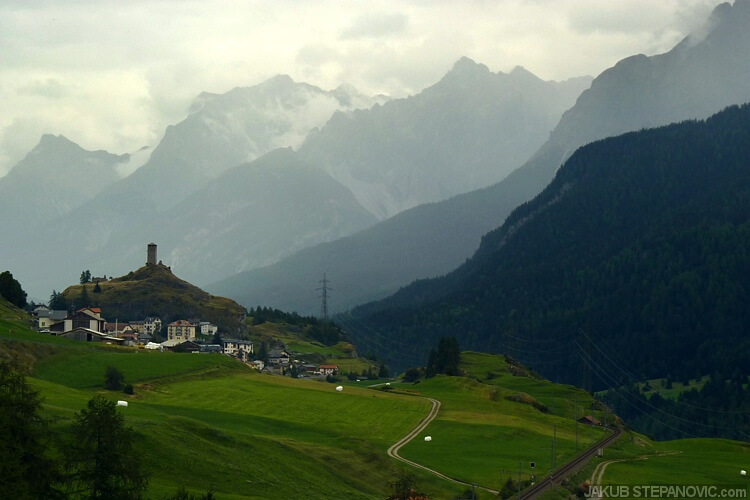
If you are hoping to see these kinds of scenery in Arkansas, you will be disappointed. (Switzerland, 2011)
Anyway, the town is vibrant with interesting things to see, and I had a great time exploring its streets.
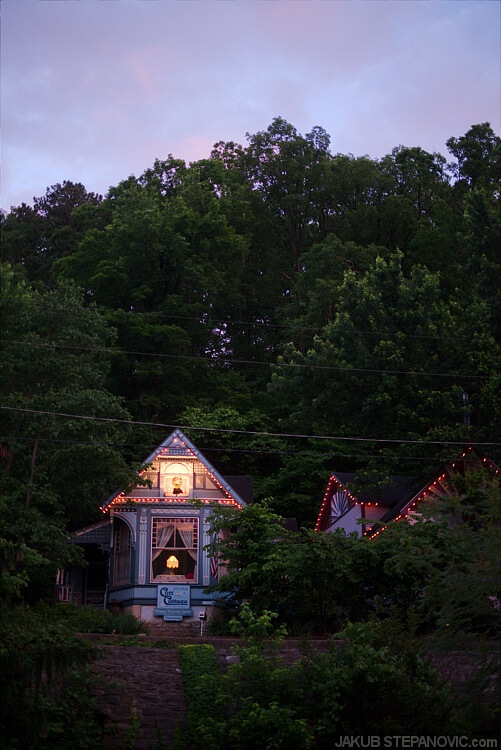
Later in the evening, I went to Beaver, a small town just north of Eureka Springs. They have a cool suspension bridge from 1949, and it is cheaper to sleep there.
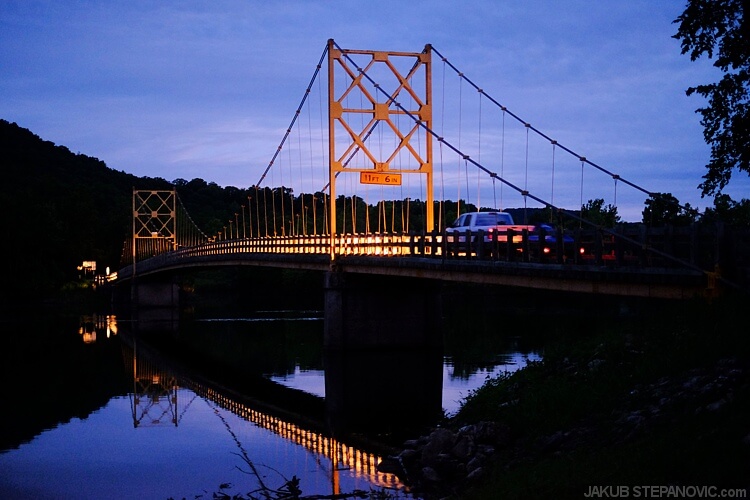
The bridge is another item listed in the Historic Preservation program.
The morning plan was to check out the railroad station in Eureka Springs,
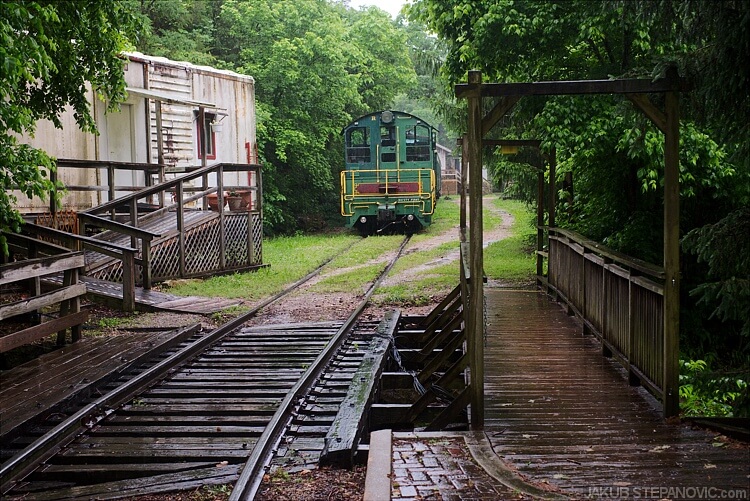
..and visit the Thorncrown Chapel. I love modern architecture where sharp geometrical shapes go hand in hand with nature, and this place totally meets the mentioned standard.
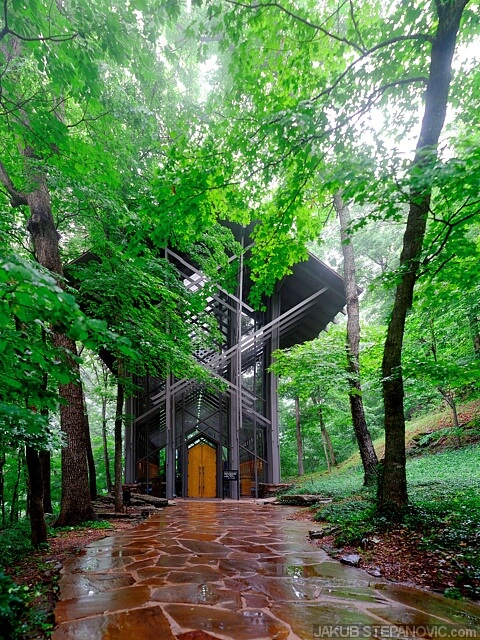
Since the matters mentioned in the previous post, I had to finish the trip without a wide-angle lens. Here, I could use something wider than 35mm. Anyway. The place itself is very cool.
In fact, the American Institute of Architects presented their "Twenty-five Year Award" to this place. It was built in the 1980s and joined the National Register of Historic Places (yes, another one) in 2000.
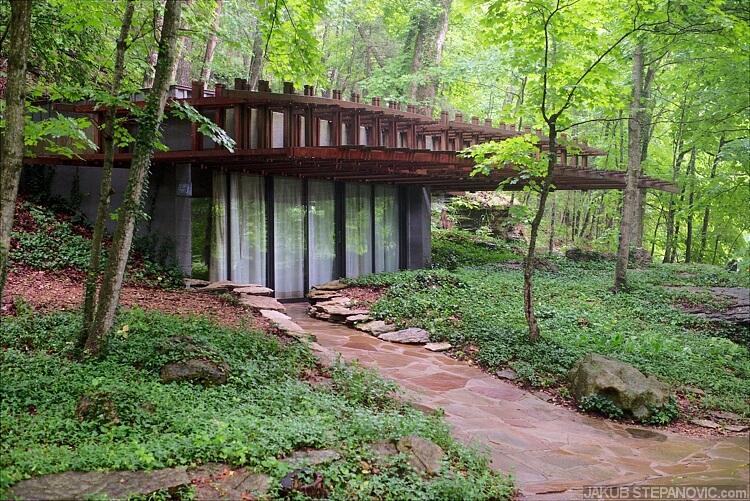
Perfect.
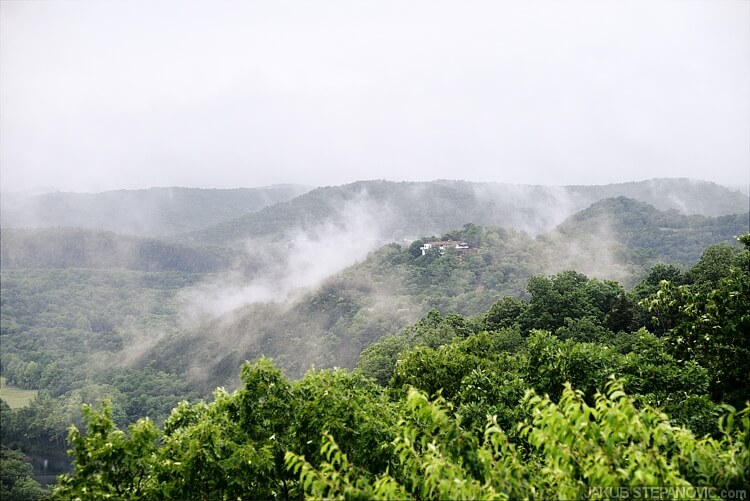
Arkansas landscape somewhere along the way.
As I said, I enjoy modern, architecturally bold buildings. Although a building matching this trend can be seen designed for nearly every purpose, such as churches, opera houses, city halls, offices and so on, one field stands out: modern galleries and museums tend to be present on the list more than anything else. To name a few, those in Bilbao, Denver, Glasgow, Milwaukee, Minneapolis, Stuttgart, Valencia… are good representatives. No exemption to this “rule” is when it comes to my next stop, the Crystal Bridges Museum of American Art, located in Bentonville.

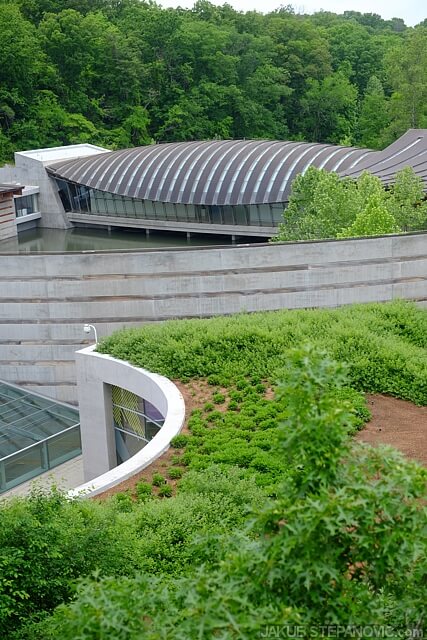
Modern, sharp curves made from bare industrial materials are used to complement nature, as the area is surrounded by woods.
It is a privately owned complex designed by Moshe Safdie, a guy who is mostly known for his Habitat 67. He is also responsible for the shapes of the Kauffman Center for the Performing Arts in Kansas City:
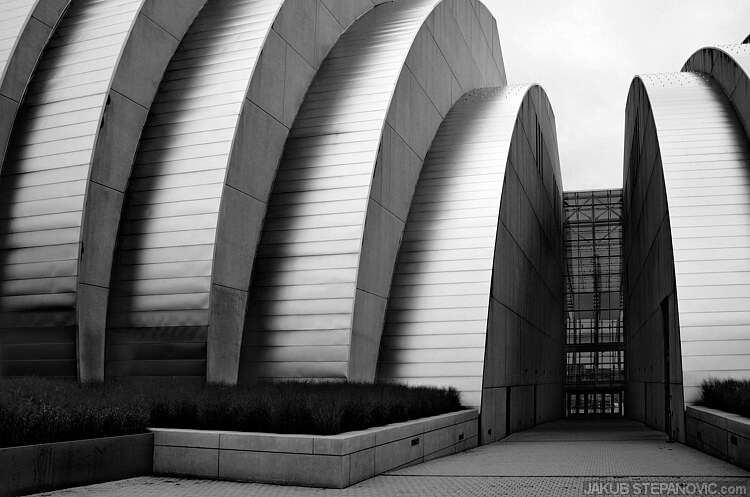
The Crystal Bridges buildings combine together concrete, wood, and glass. And it works.
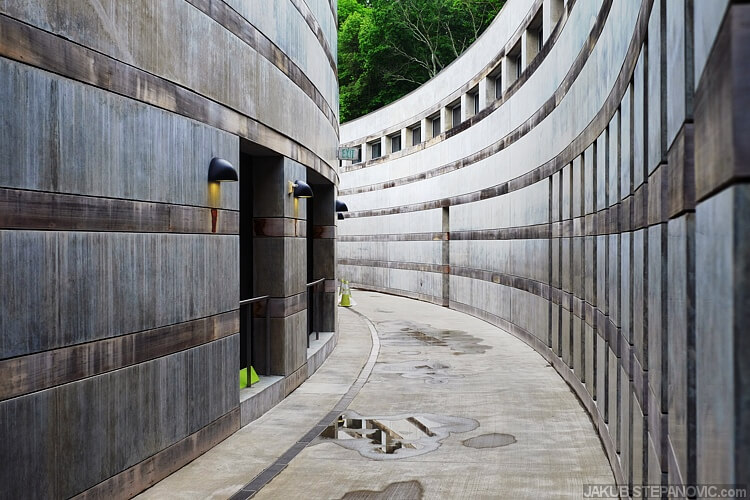
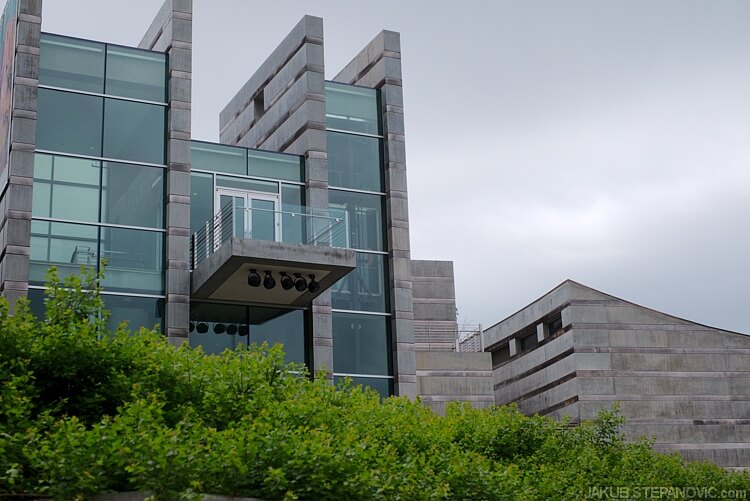
Bare concrete without plaster or paint on it is a great medium, if done properly.
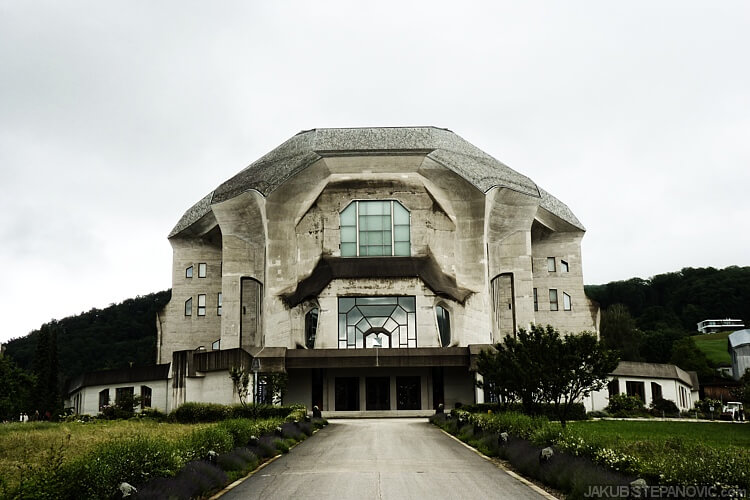
This massive building from the 1920s is Goetheanum in Dornach, one of my all-time favorite concrete buildings.
So that’s the architectural side of the place. That, by itself, would be enough to my satisfaction, but the place exhibits world-class artists, for no general admission as a bonus.
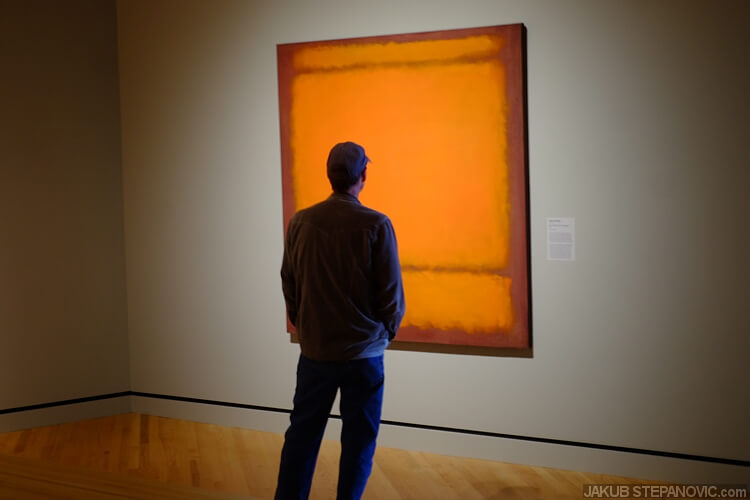
No.210/211 (orange) by Rothko. I learned a speech about that for my high school graduation exam..
There aren’t many galleries of this scale in the US that operate without taxpayers’ money and allow people in free of charge.
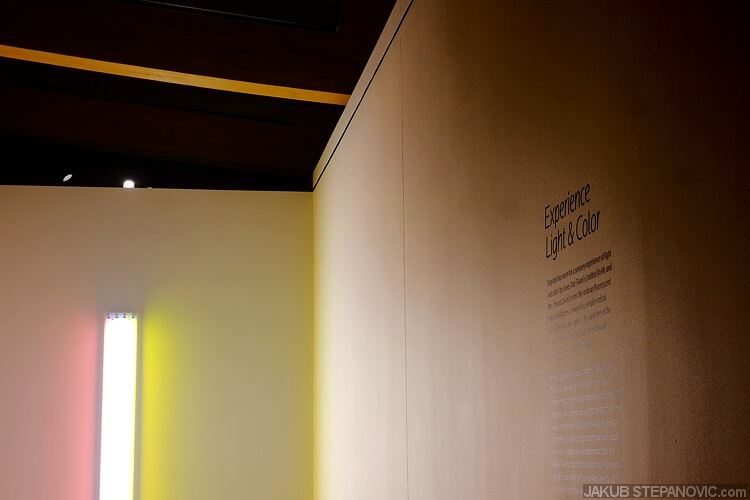
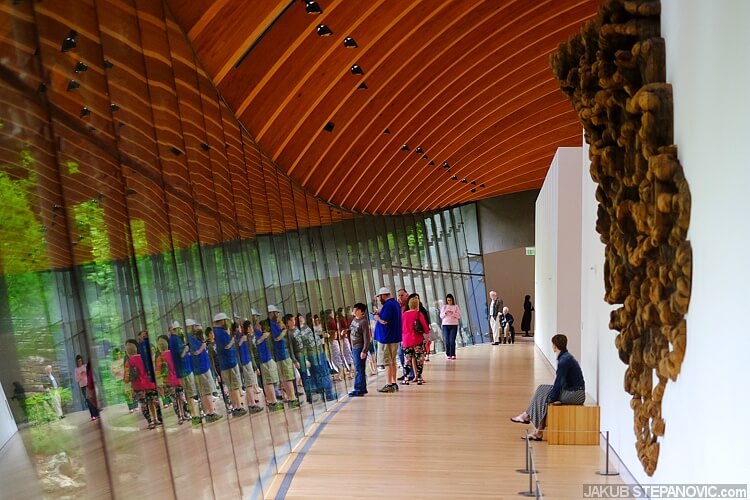
In this section, I heard one guy extensively complaining: “This has to be an unbelievably inefficient building”. My take on that is that if there were “just efficient” buildings, everything would look the same as your local Walmart, or whichever effective but ugly modern big-box store/storage unit. Thank goodness, not everyone thinks like that guy. And there is an interesting note on this matter; the museum is funded by the family that owns Walmart. Although I am still annoyed by that five-hour-long tire change last time I went there, I have to give them a big up for this one.
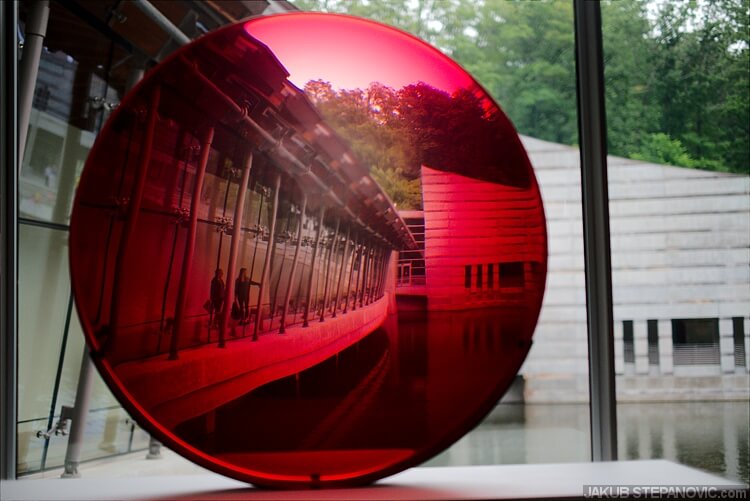
Frederick Eversley's Big Red Lens
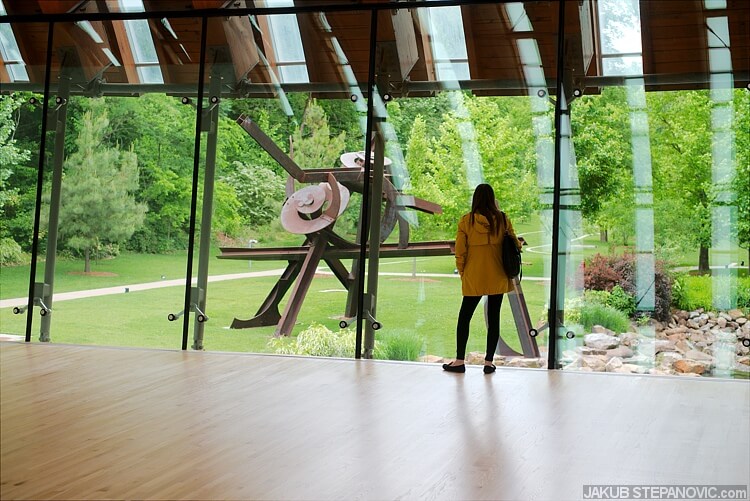
Inside collections are accompanied by many sculptures outside, all in a nice package cooperating with the landscape.
Soon I went to check the surroundings.
The park nearby is lovely; moreover, on the opposite side of the property is also a track for mountain bikers with obstacles and berms! Omg, right!?
Unfortunately, one of the features I was hoping to see was still under construction: They are relocating Frank Lloyd Wright’s 1954 Bachman Wilson House here to preserve the structure from its original, unstable location in New Jersey.
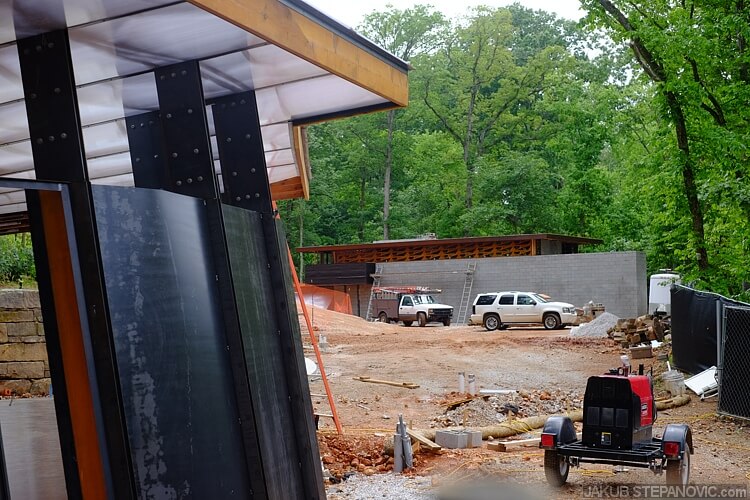
Man, once that is completed, the site will be even more brilliant.
Hitting the road again, I crossed the Arkansas border and stopped to see the George Washington Carver National Monument. Once back in Kansas, I went by the Big Brutus, the largest electric shovel in the world that's still in existence.
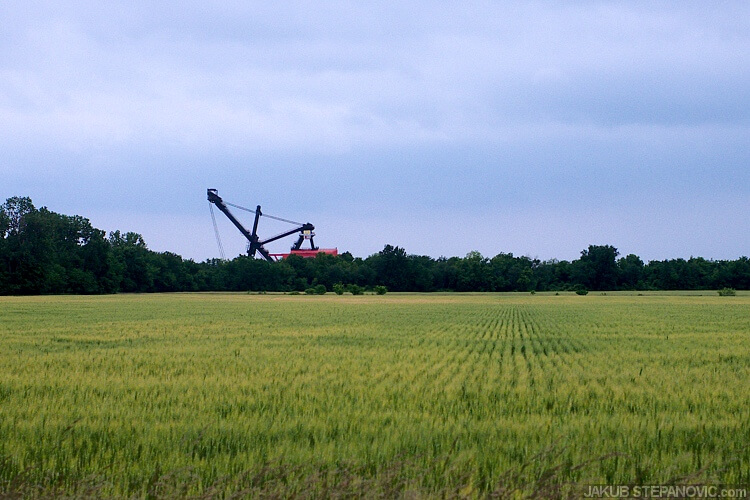
The biggest power shovel ever built was supposedly more than two times bigger than this one, but it was scrapped. The Big Brutus is; however, with its 160 feet (49 m) height and 11 million pounds (nearly 5000 tonnes) of weight quite a machine as well. It is preserved as a National Landmark.
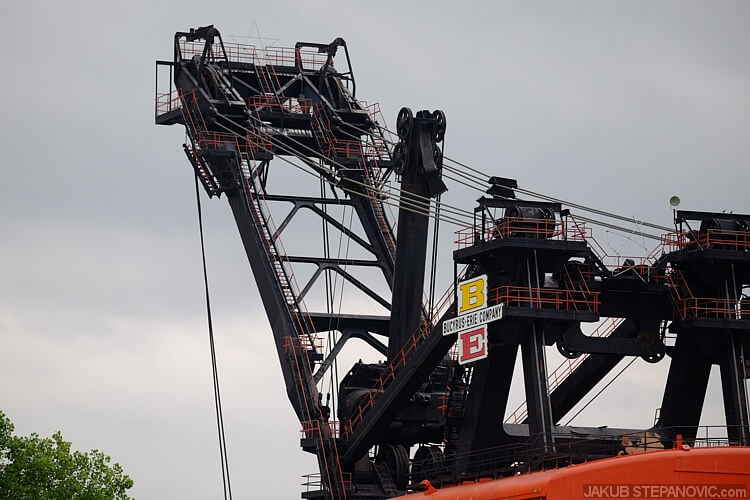
While not as big as some bucket-wheel excavators I've seen, it is still a majestic piece of heavy industrial engineering.
I really like large industrial machines such as this one, so I wouldn’t mind paying the entry fee, but when I arrived, it was around 15 minutes before their closing time, and heavy rain started. With these factors, I kept going.
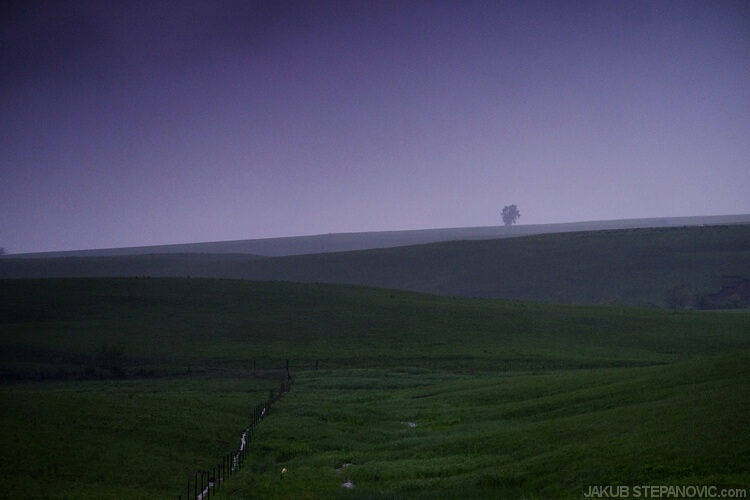
When I arrived back in the Flint Hills, the storm had already poured down like mad, causing flash floods on the road. But I arrived home safely.
Thanks for reading! If you liked this article, you might enjoy my other posts about the USA, or browse my Blog Archives for more stories, topics, and categories.



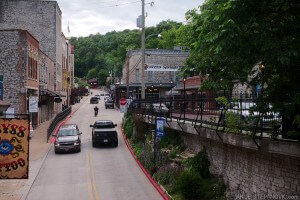



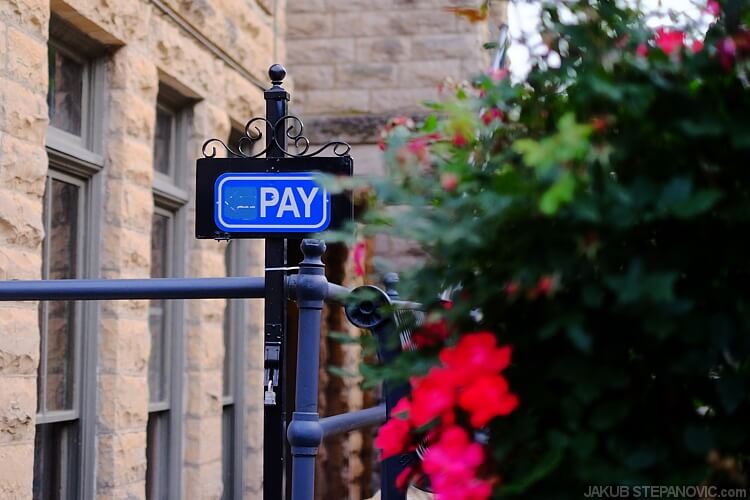


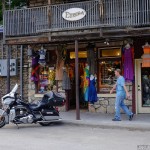

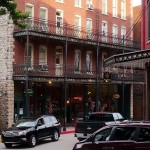
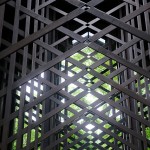
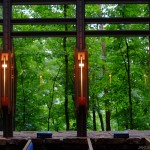
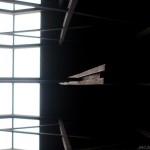
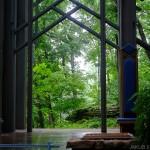


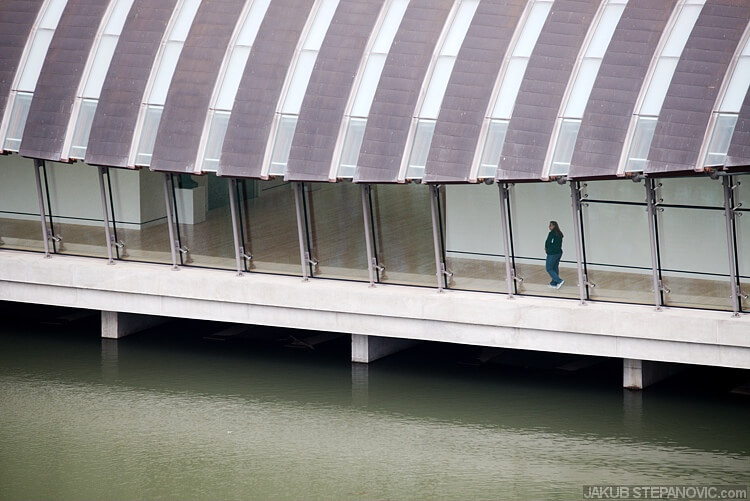
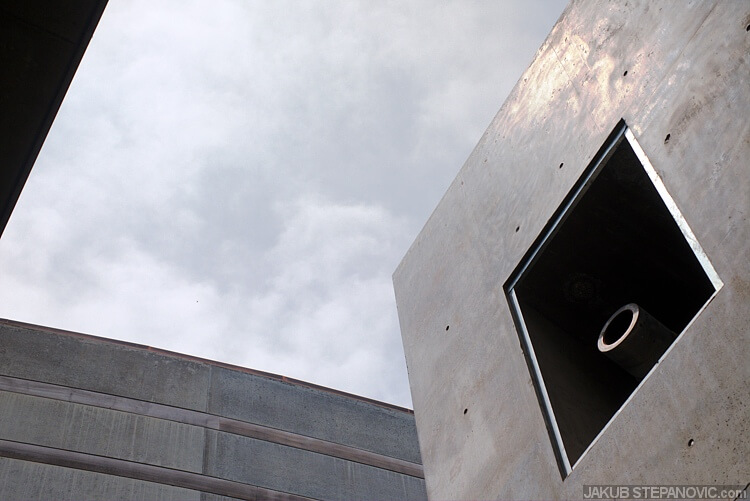
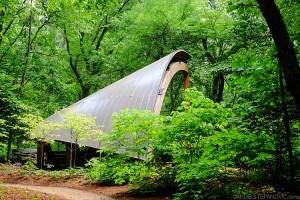

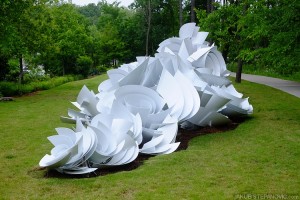


Comments are closed.